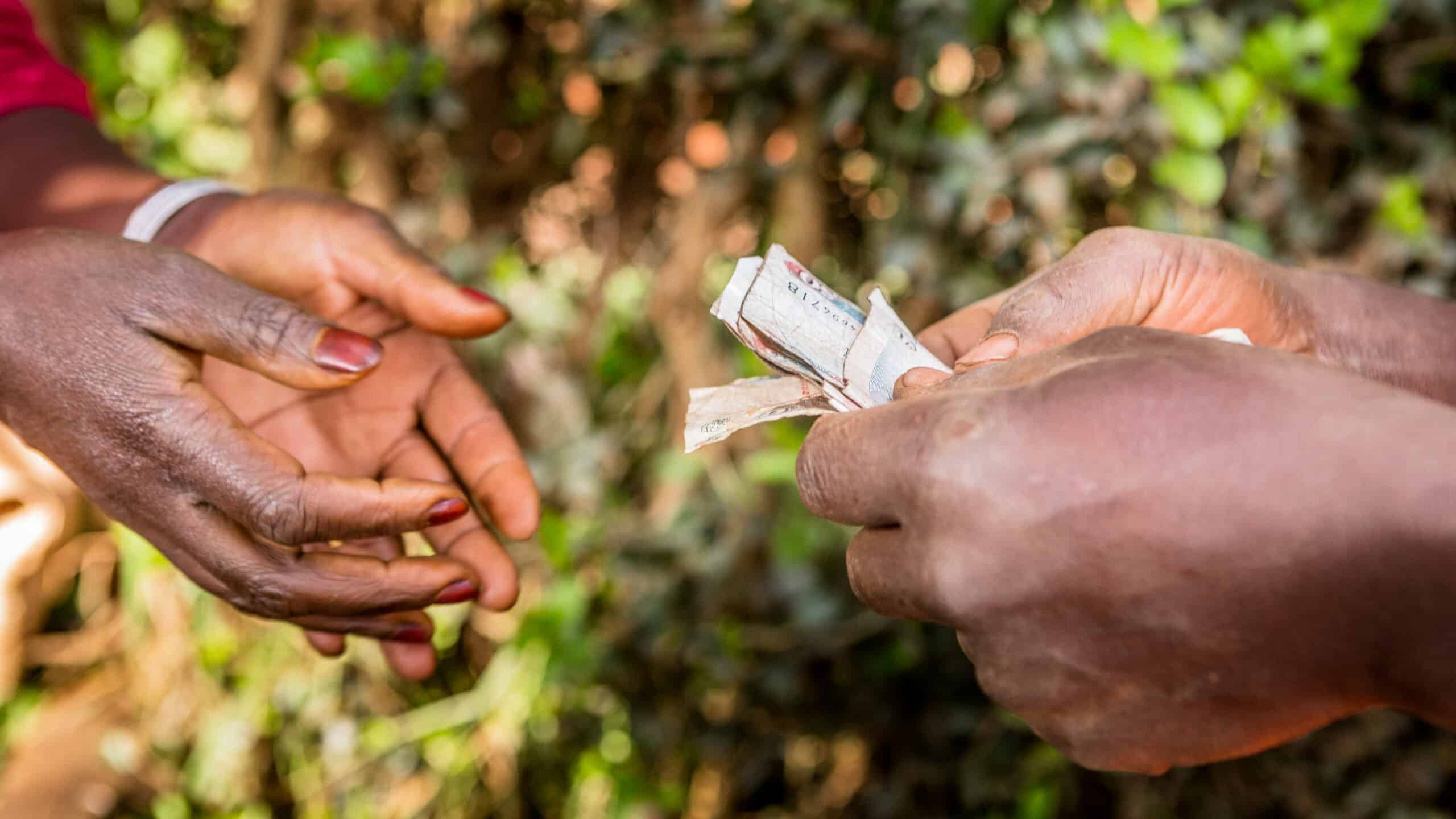
FSD Africa’s partner, the SEEP Network has published a new Learning Brief. The purpose of this risk assessment is to identify and assess the main risks that affect Savings Groups – based on the frequency and severity of negative outcomes – and ultimately inform the development of targeted consumer protection initiatives for Savings Groups. The study – based on a survey of 1,600 groups, individual members, trainers and community stakeholders in four Sub-Saharan African countries – identifies and explores several risk factors related to group survival, membership, training and support, governance, saving and lending, and safety of group assets.
The study examines several observed risks that merit attention from stakeholders who are creating and supporting Savings Groups; and the findings serve as an initial evidence base on which to monitor, investigate and address the risks faced by Savings Groups.
The learning brief can be downloaded here.
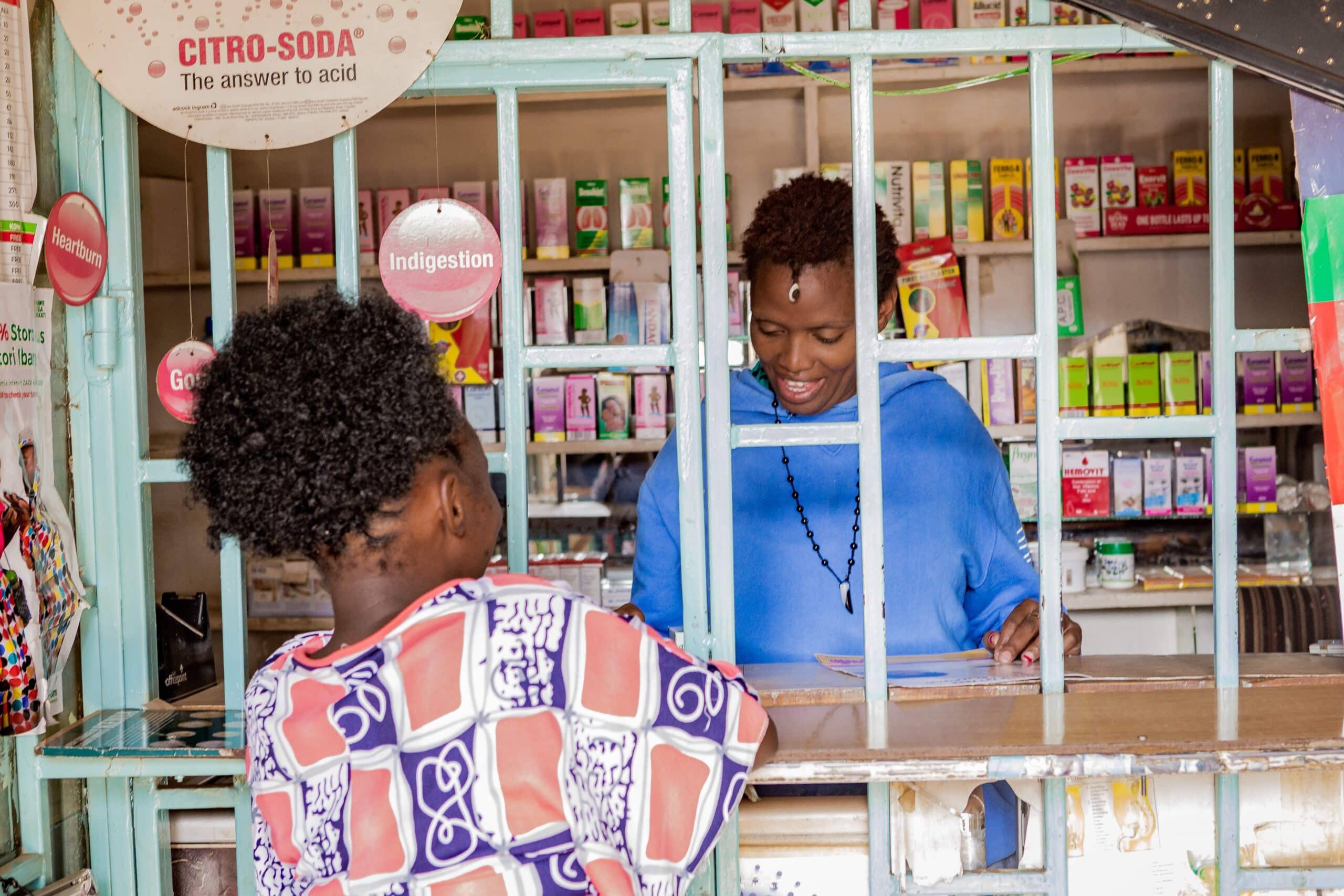
What role do governments play in protecting Savings Groups as financial service providers and their members as financial consumers? This brief paper assesses emerging government efforts to regulate and register Savings Groups in Sub-Saharan Africa. Most of the regulatory developments identified in this report are quite recent and formal evaluations of their impact are not yet available. Despite the limited evidence, the trend merits further discussion: the regulation of Savings Groups has important implications for market and development actors, and the rights and responsibilities of groups and members.
Download the SEEP Network case study here.

FSD Africa’s partner, the Centre for Affordable Housing Finance has produced the 2018 Housing Finance in Africa Yearbook
The 9th edition of the Housing Finance in Africa Yearbook covers 54 African countries and five regions, and is produced in both English and French. Targeted at housing finance practitioners, investors, developers, researchers and government officials, the 2018 Yearbook provides an up-to-date review of practice and developments in housing finance and delivery in Africa, reflecting the dynamic change and growth evident in the market of each country over the past year. In addition to 54 country chapters, regional profiles for Southern, West, North, Central and East Africa discuss trends and provide useful reviews of regional developments, including infographics to present and summarise critical data points, including mortgage lending terms, the price of the cheapest newly built house, and rankings on the ease of doing business.
The publication is produced annually by FSD Africa’s partner, the Centre for Affordable Housing Finance (CAHF), with the contributions of over 30 local experts throughout the continent.
This year, CAHF focus on the theme of innovation, and highlight the examples of innovation that can be found along each link in the housing value chain, as government, the private sector, households and communities find their places in the housing ecosystem. Each of these innovations is identifying a market niche and then working with the opportunities provided by new technologies, adaptive experience, and entrepreneurial curiosity to develop real products and services that are essentially creating brand new markets. Innovation along the value chain and at the local level is making headway and creating precedent that is bankable. The 2018 Yearbook highlights these potential investment opportunities available in each country context, and helps practitioners find one another as they strive to participate in, and advance, the sector.
Download the yearbook here.
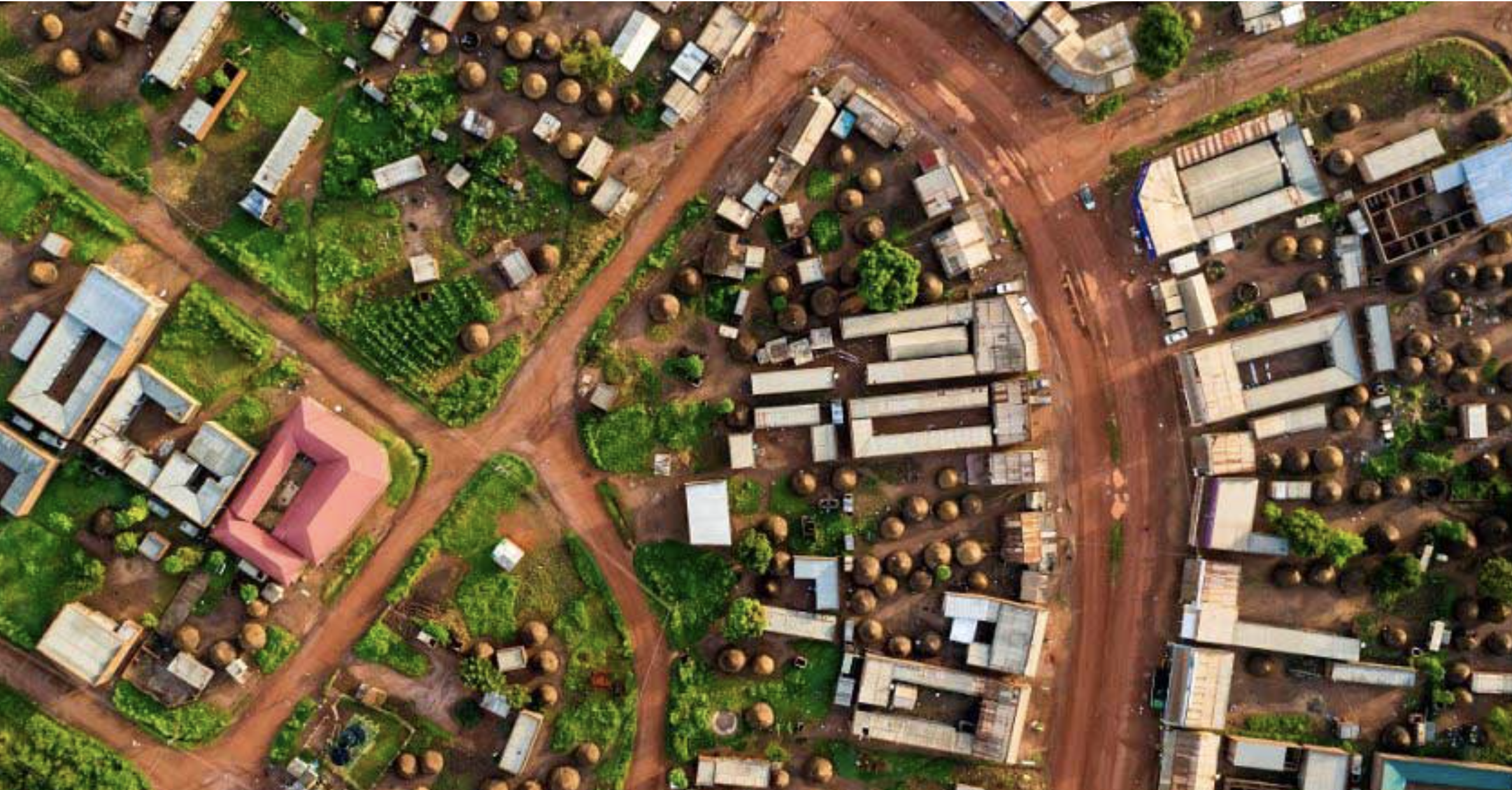
Nairobi, Monday 14th August 2017 – The volume of remittances to Africa is growing year by year but prices for international transfers are still relatively high. Blockchain and Distributed Ledger Technology (DLT) can assist to; reduce the cost of remittances, increase speed of settlement, reduce settlement risk, decrease entry barriers for financial institutions, improve the interoperability of different financial instruments and enhance the regulatory frameworks that oversee funds transfers such as Know Your Customer (KYC) and Anti-Money Laundering (AML) processes.
This is according to a new report, entitled ‘Blockchains, Distributed Ledgers and Funds Transfers: An Overview’, published today by the Financial Sector Deepening Africa (FSD Africa) in partnership with Consult Hyperion. The report states that DLT presents opportunities for new ways of performing funds transfers, payment settlement and regulatory oversight, due to its decentralised, replicated and transparent nature.
It comes at a time when FSD Africa has just released a report on ‘Reducing Costs and Scaling UP UK to Africa Remittances through Technology.’ The report finds over 1 million people born in Africa and living in the UK are paying more than £300 million a year to send money to friends and family back home. Nine out of ten send money through agents and just one in ten send money digitally, which makes Africa the most expensive place to send money in the world.
Commenting on the report, Salome Parulava, Associate Consultant at Consult Hyperion and the author of the report said: “Blockchain and DLT can provide a foundation for needed infrastructural changes in expensive and inflexible funds transfer models. But although opportunities are promising, there are many issues that arise when considering the widespread adoption of the technology, which should be taken into account. The report aims to give an overview of both benefits and problems of the DLT usage in funds transfers.”
The report concludes that, DLT has the potential to act as a reliable ‘store’ of identity information available in near real-time and as a generator of dynamically changing identity attributes (such as creditworthiness). However, this is not straightforward. Reliability comes from intrinsic DLT characteristics (such as amend-only transaction history across parties and cryptographically secured transactions), but not exclusively from them.
To ensure trust and reliability, it is important that DLT solutions are developed in accordance with national laws and security standards, and take into consideration the views of all stakeholders.

The objective of the report is to assess whether the appropriate application of ‘new’ technologies could be leveraged by donors and other development agencies to increase formal remittance flows into Africa and/or reduce the cost of sending money home.
Fragile and conflict-affected states (FCAS) are of particular interest given the importance of remittances to livelihoods and post-conflict development, as well as the exacerbated challenges that are often faced in these jurisdictions.
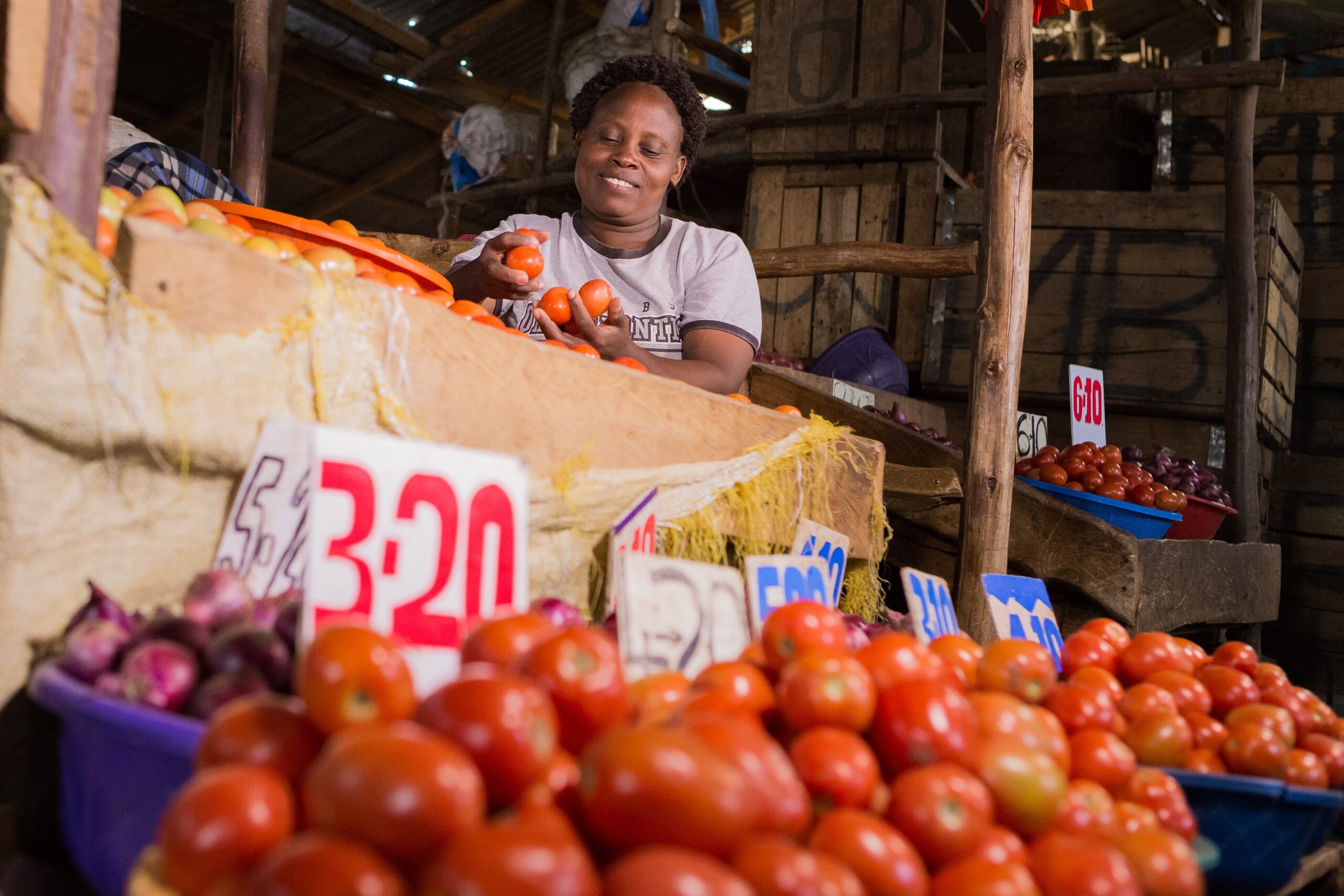
Market facilitation (M4P) is an approach to promote systemic change—change that goes beyond individual players and that is relevant to the wider environment, affecting many. Market systems development requires that organisations play a facilitating role. Standing outside of the market system, facilitators work with different players within the system, to make it work more effectively. Their essential role is active and catalytic, to enable others to do rather than do themselves—stimulating changes in a market system without becoming part of it.
Understanding this concept and applying it in market systems development initiatives is no mean feat. Market facilitators, donors and practitioners must draw from a wide range of tools and techniques to put market facilitation into practice. Developing and maintaining partnerships, managing risks, deploying flexible intervention tactics, establishing a measurement system and communicating effectively are all useful learning points for those working in this field. Knowing when to exit an intervention is just as critical as identifying and selecting the right partners to work with and understanding these complexities can have an impact on the effectiveness of interventions. Market facilitation as a practice is more of an art than a science, directed by principles rather than lists of actions, which can make it difficult to translate the theory into practice.
There is limited evidence from the field on how to apply this approach in a way that ensures interventions are both scalable and sustainable. In June 2015, FSD Africa commissioned the Springfield Centre to produce: a) one
comprehensive case study of FSD Kenya—a financial market facilitation agency in Nairobi, Kenya; and b) six minicase studies of financial market facilitation interventions from the wider FSD Network, by the FinMark Trust, FSD Kenya, FSD Tanzania and FSD Zambia. The aim of this process was to build the knowledge base around the art of market facilitation in the field. These case studies revealed a lot of insights about effective market facilitation, the challenges the Financial Sector Deepening (FSD) Network faced while designing and delivering interventions using the M4P approach and the lessons they have learned so far.
The M4P synthesis paper (this publication) explores the art of market facilitation in action through the lens of the FSD network and synthesises learnings gained from these case studies to build understanding around the M4P approach. The paper examines the wider lessons and challenges that emerge for organisations addressing the dilemmas of developing financial markets for the poor and how they differ significantly from other conventional approaches.
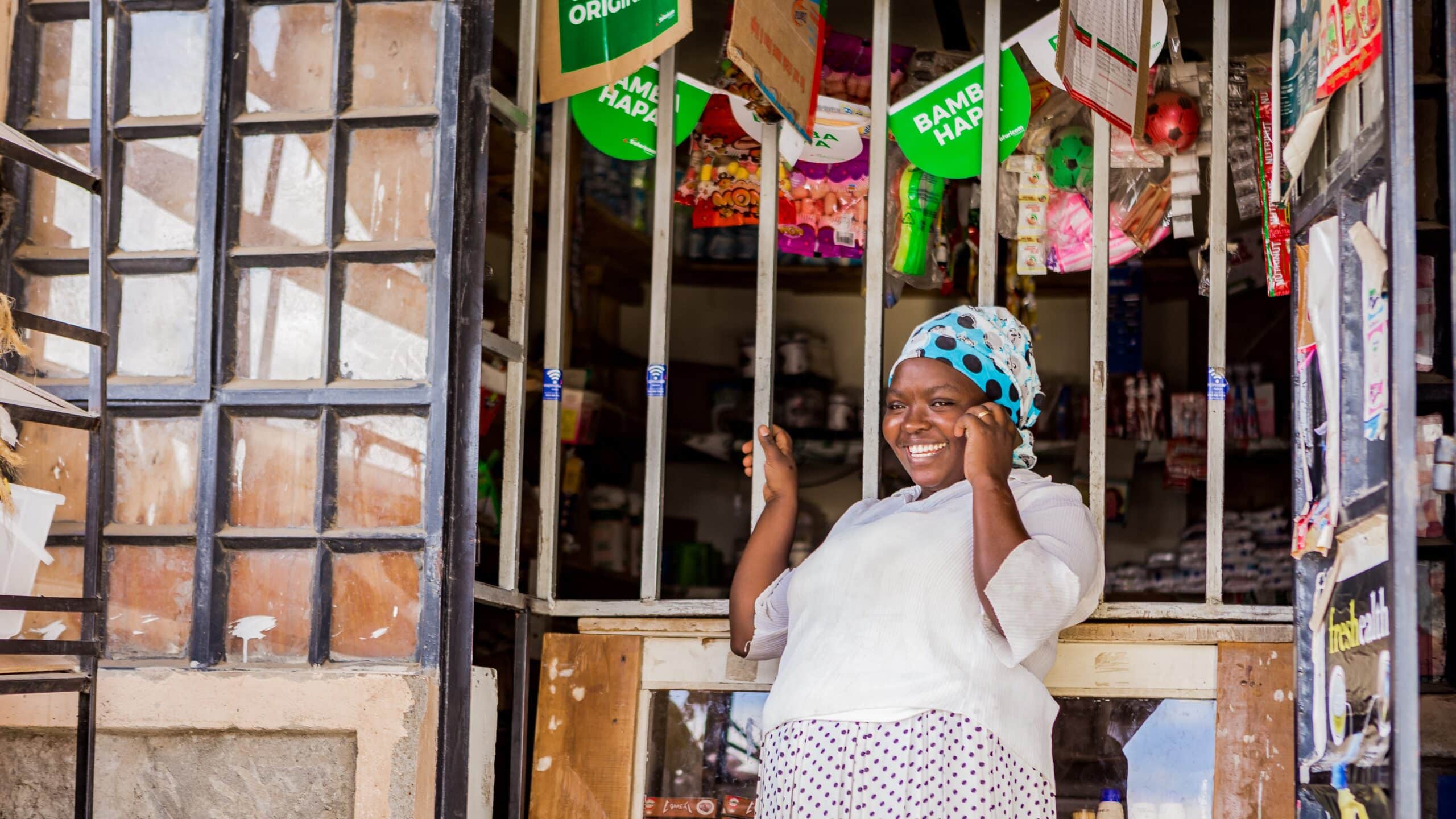
Summary of discussion and outputs of the FSD Network Gender Learning Session.

The objective of the report is to assess whether the appropriate application of ‘new’ technologies could be leveraged by donors and other development agencies to increase formal remittance flows into Africa and/or reduce the cost of sending money home.
Fragile and conflict-affected states (FCAS) are of particular interest given the importance of remittances to livelihoods and post-conflict development, as well as the exacerbated challenges that are often faced in these jurisdictions.
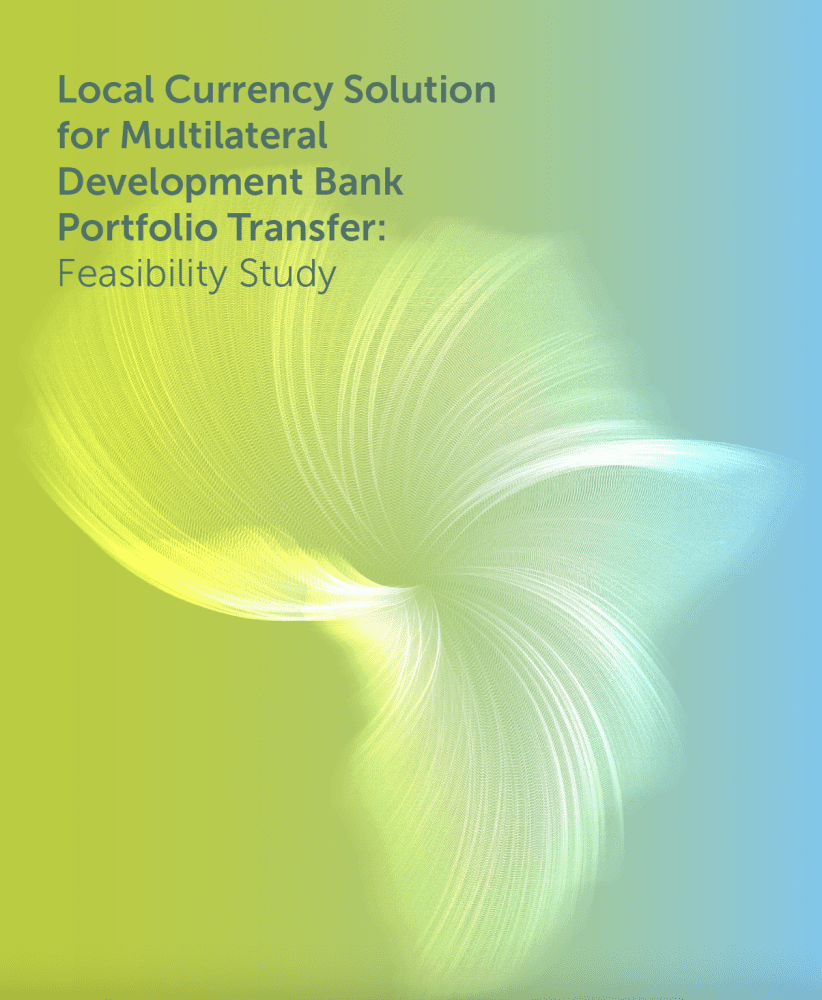
In June 2023, FSD Africa was awarded funding from the MDB Challenge Fund to develop a project focused on a ‘Local Currency Solution for Multilateral Development Bank (MDB) Portfolio Transfer’ (the project). FSD Africa’s proposed solution aims to empower MDBs and Development Finance Institutions (DFIs) to provide more financing to developing and emerging economies. This is aligned with the recommendations of the G20 Independent Review of MDBs’ Capital Adequacy Framework (CAF) report. The focus area is on promoting financial innovation and development of new instruments to catalyse private investment.
The purpose of this study is to explore the potential for transferring asset portfolios funded by multilateral development banks (MDBs) to domestic institutional investors in Africa through a local currency solution.
The primary aim is to expand the scope of MDBs’ investments by freeing up capital while benefiting local institutional investors and capital market development and reducing the foreign exchange risk of those benefiting from the investments funded by MDBs.
The study focuses on markets in East and West Africa with relatively deep institutional investor bases, including Kenya, Tanzania, Uganda, Ghana, Nigeria, Cote d’Ivoire, and Senegal.








